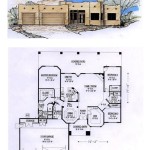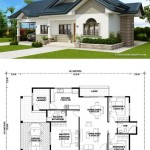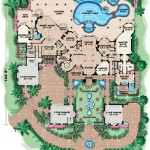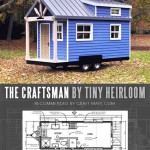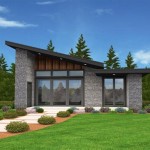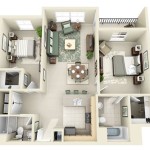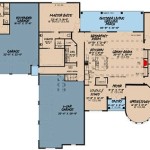Beach Homes on Stilts: Plans and Considerations
Coastal living offers a unique and captivating lifestyle, but it also presents distinct challenges. One of the most prominent considerations for building a home near the water is the potential for flooding and erosion. To mitigate these risks, many homeowners opt for elevated structures, often referred to as stilt houses. Stilt homes not only provide protection from rising water levels but also offer stunning views and a connection to the natural environment.
This article will delve into the planning and considerations associated with beach homes on stilts. We will explore the benefits and drawbacks of this architectural style, examine different design options, and discuss the crucial factors involved in constructing a safe and sustainable stilt home.
Benefits of Beach Homes on Stilts
Beach homes on stilts offer a range of advantages that make them a popular choice for coastal living:
- Flood Protection: The most significant benefit is the protection from flooding. Stilts elevate the home above the flood plain, safeguarding it from storm surges and high tides. This is particularly crucial in areas prone to hurricanes or coastal erosion.
- Enhanced Views: Stilts allow for unobstructed views of the ocean, shoreline, and surrounding landscapes. This creates a sense of openness and connection to the environment.
- Natural Ventilation: The elevated design promotes natural ventilation, allowing for cooler temperatures within the home. This reduces reliance on air conditioning and provides a more comfortable living environment.
- Wildlife Habitat: The space beneath the house can create a valuable habitat for birds and other wildlife, promoting biodiversity and enriching the coastal ecosystem.
- Reduced Erosion: By elevating the structure above the ground, stilt homes minimize the impact of wind and waves on the shoreline, reducing the risk of erosion.
Design Considerations for Beach Homes on Stilts
Designing a stilt home requires careful planning to ensure functionality, aesthetics, and structural integrity. Here are some key design factors to consider:
- Stilt Height: Determining the appropriate stilt height is crucial. Consider the local flood zone, historical flood data, and expected sea level rise. Engineering professionals can provide guidance based on site-specific conditions.
- Materials: Choose durable and corrosion-resistant materials for the stilts and supporting structure. Steel, concrete, and treated wood are common options. The chosen materials should align with local building codes and withstand environmental factors.
- Foundation and Structure: The foundation should be designed to withstand the weight of the house, as well as the forces of wind, waves, and water. A strong and stable foundation is essential for the long-term safety and stability of the home.
- Accessibility: Consider accessibility for residents and visitors, including ramps, stairs, and elevators. The design should accommodate individuals with disabilities and ensure ease of movement within the home.
- Aesthetics: The exterior design should complement the surrounding environment and create a visually appealing home. Incorporate elements like balconies, decks, and windows to enhance the connection to the ocean and maximize the views.
Environmental Considerations for Beach Homes on Stilts
Building a stilt home on the coast carries environmental responsibilities. It is essential to minimize the impact on the shoreline and surrounding ecosystem:
- Erosion Control: Implement erosion control measures during construction and throughout the life of the home to prevent damage to the coastline and surrounding vegetation. This may involve sandbags, seawalls, or other engineered solutions.
- Wildlife Habitat: Design the space beneath the house to provide suitable habitat for birds and other wildlife. Consider using native plants and materials that blend with the natural environment.
- Water Quality: Ensure that wastewater and stormwater runoff are managed responsibly to prevent pollution of the ocean and surrounding waters. Use eco-friendly septic systems and minimize the use of pesticides and fertilizers.
- Energy Efficiency: Choose energy-efficient building materials, appliances, and lighting to minimize the environmental impact of the home. Explore renewable energy sources like solar power to further reduce carbon footprint.
Building a beach home on stilts presents a unique opportunity to combine coastal living with sustainability. By carefully planning and considering the design, environmental, and structural factors, homeowners can create a beautiful, safe, and environmentally responsible home that stands the test of time.

Beach House Plans Coastal Home Great Design

Beach House Floor Plans Coastal Carriage

House Design Plan Ch539 3 Stilt Plans On Stilts Carriage

Home Plan Ch464

Plan 44026td Classic Florida Er Beach House Plans Coastal

Home Plan Ch546

Beach House Plans Archives From Home Designs

Coastal House Plan Ch672

Family S 576 Sq Ft Stilt Beach House

Beach House Plans Archives From Home Designs

